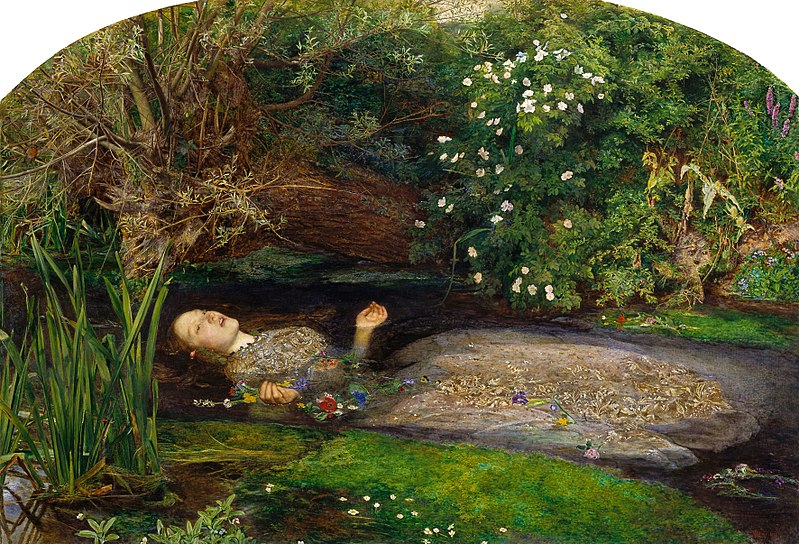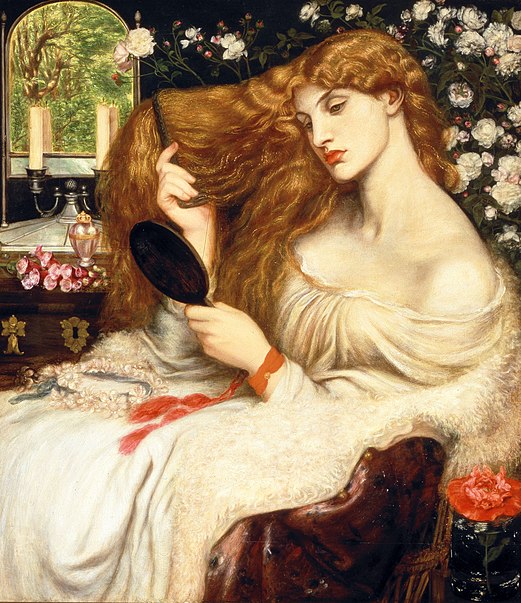 |
| Dumbarton Castle John RUSKIN |
Toward the middle of the 19th century, a small group of young artists in England reacted vigorously against what they felt was "the frivolous art of the day": this reaction became known as the "Pre-Raphaelite" movement. Their ambition was to bring English art (such as it was) back to a greater "truth to nature." They deeply admired the simplicities of the early 15th century, and they felt this admiration made them a brotherhood.
While contemporary critics and art historians worshiped Raphael as the great master of the Renaissance, these young students rebelled against what they saw as Raphael's theatricality and the Victorian hypocrisy and pomp of the academic art tradition. The friends decided to form a secret society, the Pre-Raphaelite Brotherhood, in deference to the sincerities of the early Renaissance before Raphael developed his grand manner. The Pre-Raphaelites adopted a high moral stance that embraced a sometimes unwieldy combination of symbolism and realism. They painted only serious - usually religious or romantic - subjects, and their style was clear and sharply focused. it entailed a unique insistence on painting everything from direct observation.
 |
| Ophelia John Everett MILLAIS |
The group initially caused outrage when the existence of their secret brotherhood became known after their first works were exhibited in 1849. They also offended with their heavily religious and realist themes that were so unlike the popular historical paintings. However, the Royal Academy continued to exhibit Pre-Raphaelite paintings, and after 1852 their popularity burgeoned. Their work, though certainly detailed and for the most part laboriously truthful, became progressively old-worldish, and this decision to live in the past, while deploying the judgments of the present, makes the work of an artist such as John Everett Millais (1829-96) appear disturbingly unintegrated. His Ophelia, Hamlet's drowned lover, was modeled with painstaking attention on a real body in water, surrounded by a ravishing array of genuine wildflowers. Millais spent four months painting the background vegetation on the same spot in Surrey, England. He then returned to London to paint his model, Elizabeth Siddal, posing in a bath full of water, so determined was he to capture the image authentically. The result is oddly dislocated, as if the setting, woman, and flowers did not belong together, each keeping its own truth and ignoring that of the others.
 |
| Lady-Lilith Dante Gabriel ROSETTI |
Dante Gabriel Rossetti (1828-82), the third founding member of the Pre-Raphaelites, became the recognized leader and even formed a second grouping of the brotherhood in 1857, after Millais and Hunt had gone their separate ways. Rossetti later came to be seen as a precursor of the wider European Symbolist movement. In the late twentieth century the Brotherhood of Ruralists based its aims on Pre-Raphaelitism, while the Stuckists and the Birmingham Group have also derived inspiration from it.
Hiç yorum yok:
Yorum Gönder